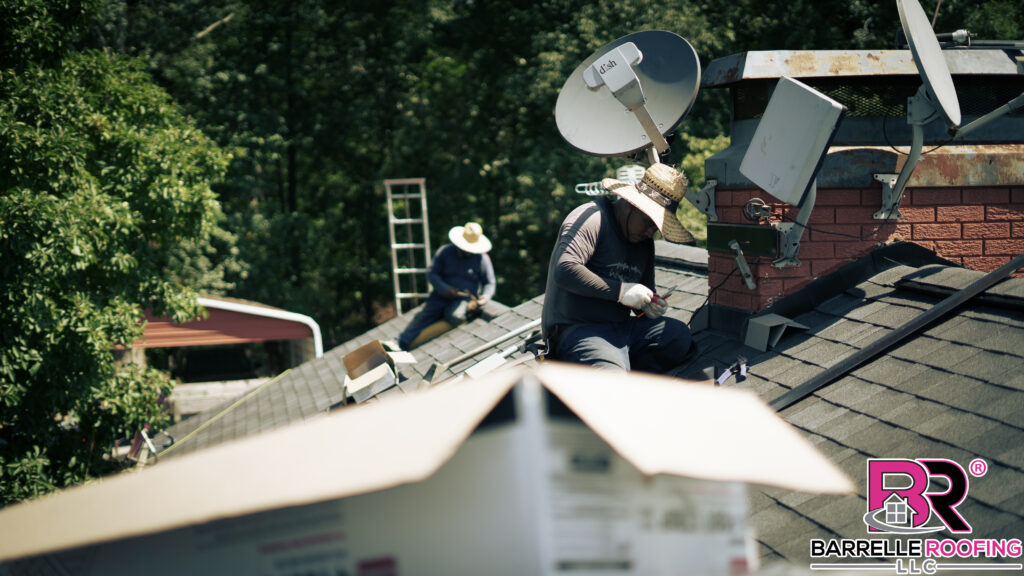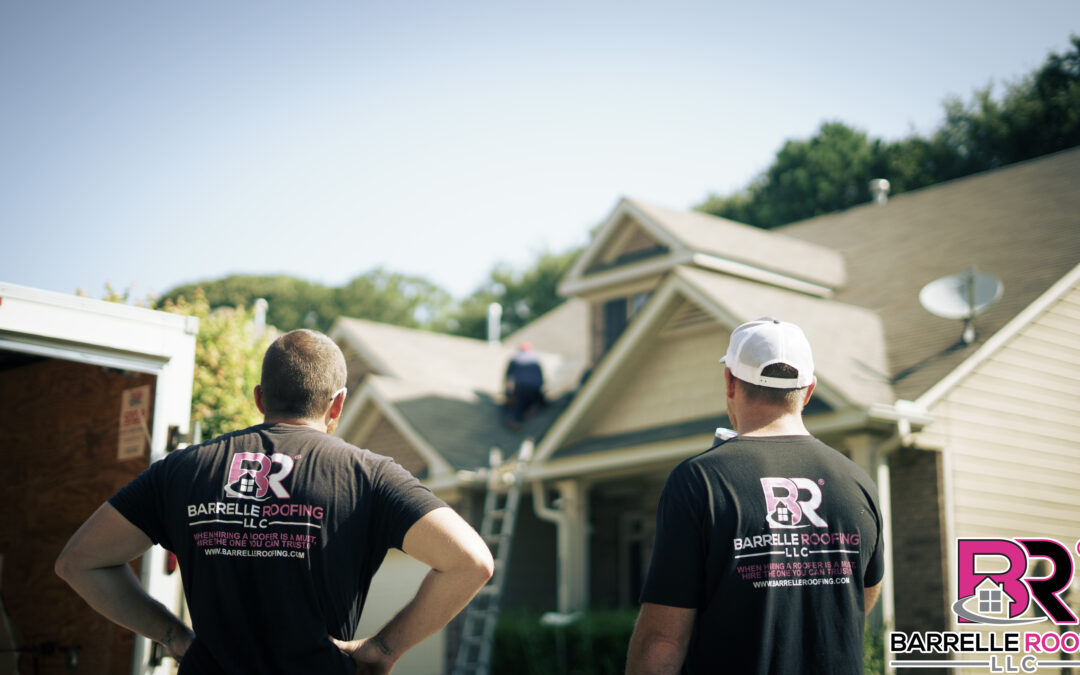Loganville Roof Replacement
If you’ve been planning a roof replacement or major repair lately, you’ve probably noticed the prices for roofing materials aren’t what they used to be.

The cost of shingles, underlayment, nails, flashing, and even basic lumber has been steadily rising over the past few years. This increase isn’t just a coincidence — it’s the result of multiple economic forces all hitting at once. Three major factors are leading the charge: tariffs, supply chain disruptions, and inflation.
Tariffs and Their Impact on Roofing Costs
Many roofing materials, especially specialty shingles, metal panels, and fasteners, rely on raw materials like aluminum, steel, and asphalt-based products. When tariffs are placed on imported goods — whether to encourage domestic manufacturing or as part of trade negotiations — the costs for these raw materials climb. Manufacturers pass those extra expenses down the supply chain, meaning distributors, contractors, and ultimately homeowners pay more. Even when products are made in the United States, tariffs can raise the price of imported components used in their production.
Supply Chain Disruptions
Ever since the COVID-19 pandemic began, supply chains have been under strain. Ports have experienced backlogs, transportation costs have soared, and labor shortages have slowed production. Roofing material manufacturers often rely on a steady flow of raw materials from various parts of the world, and any delay in that flow creates scarcity. Scarcity almost always leads to price increases — and roofing has been no exception. In some cases, contractors are even competing to secure limited supplies, driving prices up even further.
Inflation and General Price Pressures
Inflation is another key driver in the rising cost of roofing materials. When the cost of fuel, utilities, and wages increases across the economy, those expenses ripple through every industry. Roofing manufacturers face higher production costs, transportation companies charge more for shipping, and distributors adjust prices to maintain their margins. The result is a compounding effect — by the time roofing materials reach the customer, the final price reflects every added expense from start to finish.
What This Means for Homeowners
For the average homeowner, these economic factors mean replacing or repairing a roof is significantly more expensive today than it was just a few years ago. Waiting in hopes that prices will drop may not be the best strategy — in many cases, prices continue to rise, and delaying necessary repairs can lead to bigger, more expensive problems down the road, like water damage or structural deterioration.
How Financing Can Help
The good news is that even with rising prices, homeowners don’t have to delay a much-needed roof replacement. Roofing financing options make it possible to spread the cost out over manageable monthly payments instead of paying the entire bill upfront. This can make a higher-quality roof accessible without putting your budget under immediate strain. Financing can also allow you to choose longer-lasting, more energy-efficient materials that save money in the long run, rather than settling for the cheapest option now.
If your roof is showing signs of age or damage, financing can be the key to protecting your home now — without letting today’s higher prices hold you back.
